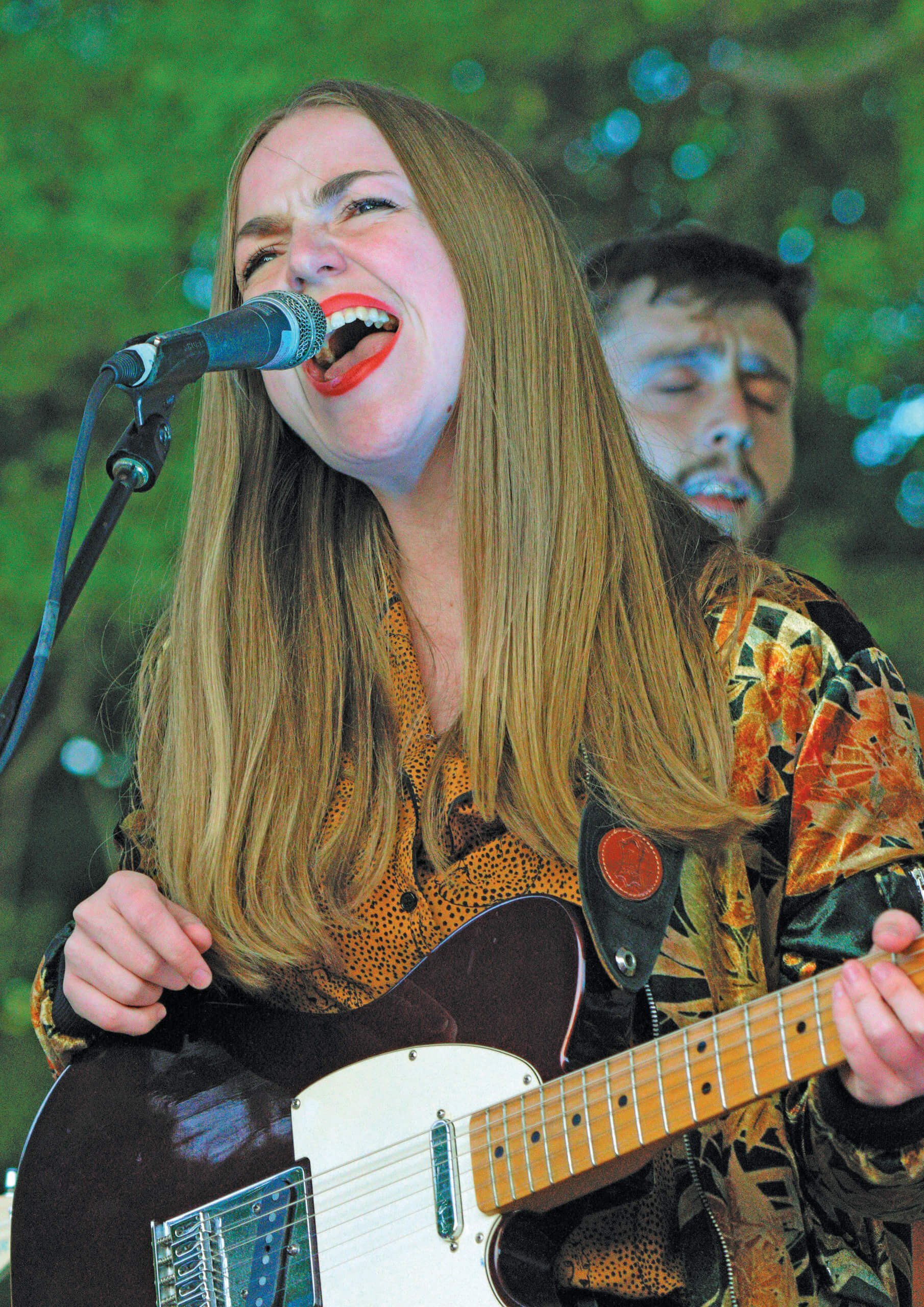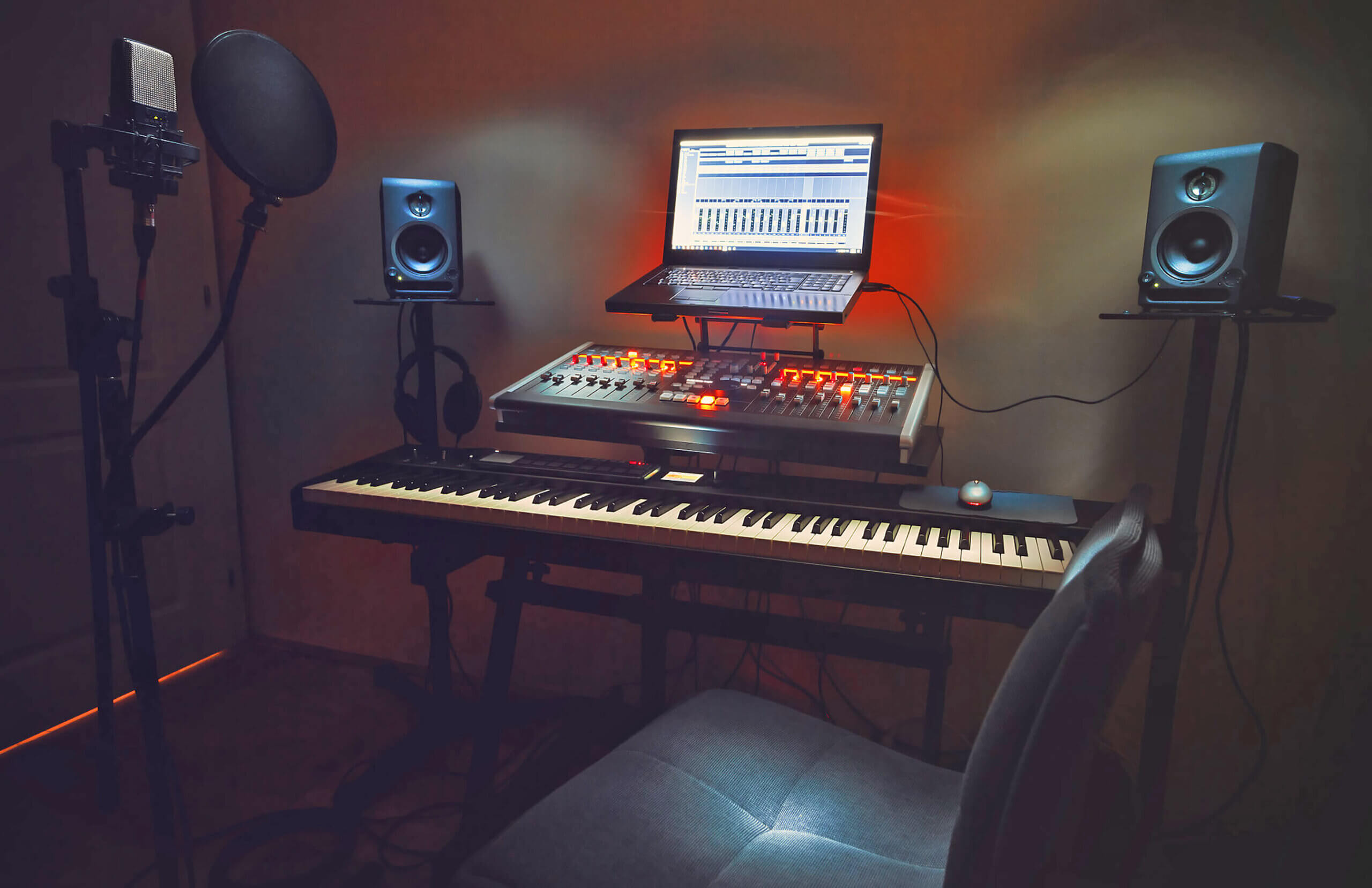
photo by Roger Blackwell, used under a Creative Commons license
I posted, “Few things make me as sad as seeing: ‘I just dropped my new song today.’”
Within one minute of posting that, I got flooded with countless direct messages. “What does that mean?,” “Why wouldn’t I promote myself?,” and many other comments along the same lines.
Let me give it to you straight. If the first instance I am hearing of your song is on the day of your release, you are doing it horribly wrong. It’s alright, you are one of the 50,000-60,000 artists releasing music per day who are also doing it wrong. It is no wonder why so many great tracks just fade into oblivion within a week of release.
To be fair, this used to be the way a ton of music was released not too long ago. You’d build up interest on social media, then you’d maybe do an ad campaign with a little taste of the music coupled with a pre-save campaign. But the music would be locked away on the ad, unlistenable to the fan. Then, the day it dropped, pre-saves would bump listeners, and everyone would go check it out, and you’d get a flood of streams and views.
That has all changed.
Call it the TikTokification of music if you’d like, but music fans these days want to hear the music before they really hear it. They want to use it. They want to become obsessed with the short version. They want to dance to it, lip sync to it, share it for clout. I know this sounds counterintuitive, but it’s really not much different than a major artist releasing a single to radio which is heard for over a month before the “record” comes out.
The problem is this: you are treating your music as some precious little secret that will be unveiled at the exact moment of your choosing in hopes of tons of people becoming obsessed with it and driving sales (streams). Why? Do you think by holding it back that you will prevent people from getting sick of it by hearing it too much? I have some bad news for you. If that is the case, it’s not a great song. Your song needs to make someone’s list of 50 songs they listen to every week, or better yet, one of the 20 they listen to daily, for a time, or it will go nowhere.
I get contracted to help labels and artists release music and they pay me very well for customized strategy. There are nuances and some of the steps I am giving you absolutely demand expertise and budget. But, basically, I’m going to show you how to do it, right now. It should go without saying, I assume your song is amazing. I assume it’s written, edited, performed, produced, and mixed incredibly well. Because none of this will work with a crappy song.
The dirty secret is this: even if I give you all the answers to the test (which I am doing below) the sad fact is that most of you will not do it, most of you will try to only do it partially, and some of you won’t invest a dime in your own music business marketing. You will wonder why the song didn’t blow up, and you will eventually come back to this list and hopefully do it right next time.

photo by by dejankrsmanovic, used under a Creative Commons license.
So, here it is, quick and dirty, for free: How to release a song in 2023
Your song being released is part of the process, not the destination.
It goes like this: Earworm -> Single -> Video -> Multi-remix.
I will break this down quickly for you in 10 steps (without all the details on how):
- Four weeks out from the official release date you gave to your distributor, you release your “song.” This is the :30 second hook Earworm. It is a “pre-release” Hook Announcement (it’s not that complicated, but you seed your audio clip to all platforms to use for every video/short/reel/TikTok you produce). You may need to test a few versions out – verse build, chorus, bridge – to see what hits. Ideally, you have already done this in your “test pre-release campaign,” an entirely different article.
- You build excitement and interest over 28 days on your chosen three platforms, by video and posts about the song: why you wrote and recorded it, why you love it and others will too, why others should hear it and what they will feel when they do. When I say “you,” I do mean you, the person. The singer, the guitarist, the songwriter. You need to be in these videos, faceless won’t do. If you’re not into that, the music business is not for you (Obviously, there could be a whole course on exactly how to do this part). This is also a marketing period to stakeholders like playlisters, influencers, and brand partners, as well as audience building by engaging every single day on your chosen three platforms. The key is learning how to actually do this correctly.
- You release the “Single” (a full version remix of the Earworm). This should be known as a “Grateful” period. On release day, you thank everyone who has already come on the journey with you over the last 4 weeks (social proof) by “letting them hear” the whole thing; NOT “my song just dropped,” NOT “listen to my new music.” You thank them in general, in public and private, using video and posts.
- You spend 1 week thanking and promoting those who have promoted you. This includes using the graphics of playlists in your socials, thanking other artists, as well as superfans. You also release a graphic video of your remixed Earworm–the Single–as a visualizer and/or album/song cover artwork. Then you release a lyric video, so everyone can learn the words. Break these sections apart and use them in quick 10-30 second social posts.
- This is also the week you release the instrumental version to DSPs and YouTube. You then ask for engagement like duets, covers, etc. for 1 week. “Do a verse with me,” “Can any of my DJ friends make this a club banger?” “I keep hearing this with a country vocalist, anyone want to give it a shot?” (have stems ready) etc. You break out emotional lines or music bits to highlight your own socials. You should already be into your next single Step 1.
- You drive listeners and fans, and appeal for shares while giving updates on the song for one week. These updates show the growth in streams, views, number of playlist adds, how many have been using your sound on TikTok and Reels. Use those visualizers, repost any fan-made videos, etc. This period should be very video forward.
- Then, you spend a week posting “You guys, I am so thankful, because of you and your support, we’re going to make a video!” (you already planned this video out two months ago) and then you show some behind the scenes footage, some artwork mockups, maybe some fashion choices. Introduce any other people working on it–actors, the director, your friend who brought tacos. Drive engagement by asking fans to be involved, “What do you think, should I…?” You should be promoting shows here too; as well as any interviews, guest podcast spots, writeups, etc. Then, 1 week from the video release date, you release the music video trailer. Again, as with all posts, you are reusing the sound on the platforms, not the audio in the video.
- Release the video. Do a watch party. Tell a story of what happened during the shoot. Do it on YouTube, Twitch, TikTok Live, IG Live, wherever is best for you. You push the video hard for at least one week by using Google Ads, retargeting, spreading out to video playlisters, and shouting out to production personnel.
- Get someone, anyone, (even yourself) to remix the song in a different style, language, or alternative version. (Of course, you’ve already done this months ago after your testing pre-release campaign gave you the data). You then do a quick and dirty release to DSPs and YouTube. This does not need as much lead time as the other releases. The key to this action is that by doing it within this 4-8 week window, you already have subs and listeners who will be fed this without the algo or your ad pushes. It will result in multiple plays on the original.
- Share numbers, playlists, thank fans, etc. In addition to each of these releases, this is where you really cultivate your email list by doing a VIP giveaway. Do Cameo-type video messages to your most engaged fans. This is where you start the process of offering physical items – vinyl, a custom shirt or hat for the single, sticker giveaways, etc. Be careful with your time though, you should already be in week 4 or 5 of your next release.
So, it is never a one-day event, it is a 10-12 week schedule building momentum. That is how to “release” a single song today, in 2023.
ABOUT THE AUTHOR
–Michael St. James is the founder and creative director of St. James Media, specializing in music licensing, publishing, production and artist development.
